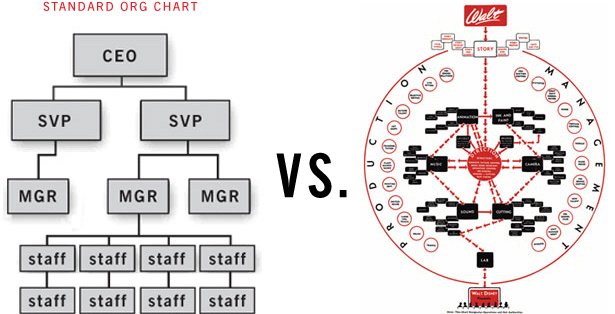
Forterra systems, a major player in the Virtual World space, is now having some
troubles, layoffs included.
It has been commented by some that these companies burnt up loads of venture capital, and then proceeded to struggle, with their business models struggling in these times of economic difficulties.
For my two cents worth, this has been expected anyway. Second Life is still a major leader in this space (discounting the WoW and Eve online games and others), as it seems to have an economic critical mass to survive the effects of the GFC, for the moment.
So, what will be the business models of the future that will survive? Aside from pure business factors, my gut instinct tells me that maybe it is to do with the server client model and the clunky nature of some of the content creation tools. In my research, the first thing that tends to be shot back at me by skeptics (of my BPM VE ideas) is the level of work required to set these simulations up. Server systems are laggy, containing complex 3D interfaces that are clunky and hard to learn, and it all just seems too complex to engage with as a business person with little background in 3D environments or games.
My usual response back to these points are the following:
1. We need to create tools that work more like a word processor, and less like 3DS Max. People are used to word processing simple documents, not detailed work. Word processors years ago were beasts to use, drawn from document formatting systems like TeX. Now we routinely use word processors with much better interfaces, to easily create documents for our own business and personal needs.
2. We need to treat worlds as a document, not as a cloud service per se. Sure, run the world in a cloud when you need to, but allow the world to be down loadable for localised interaction and secure/lag free collaboration, just like I do with a word processed document when I work with my colleagues. This is that way we all tend to collaborate, at the moment.
3. We need to implement the levels of quality control that the games companies use. Remember, if the world stutters at all, then the immersive experience is broken, and will put people off using the environment. The iPhone is popular, in part, due to its smooth interface. People's aggression to software is roughly proportional to K x Lag in the user interface, where K is a very large integer.
Possibly, when the user experience of such tools is much better, we will see greater uptake of such systems, and a better business climate for them.
Ross
 Have just checked out the new 3Di Open Source web-based simulator viewer.
Have just checked out the new 3Di Open Source web-based simulator viewer.























